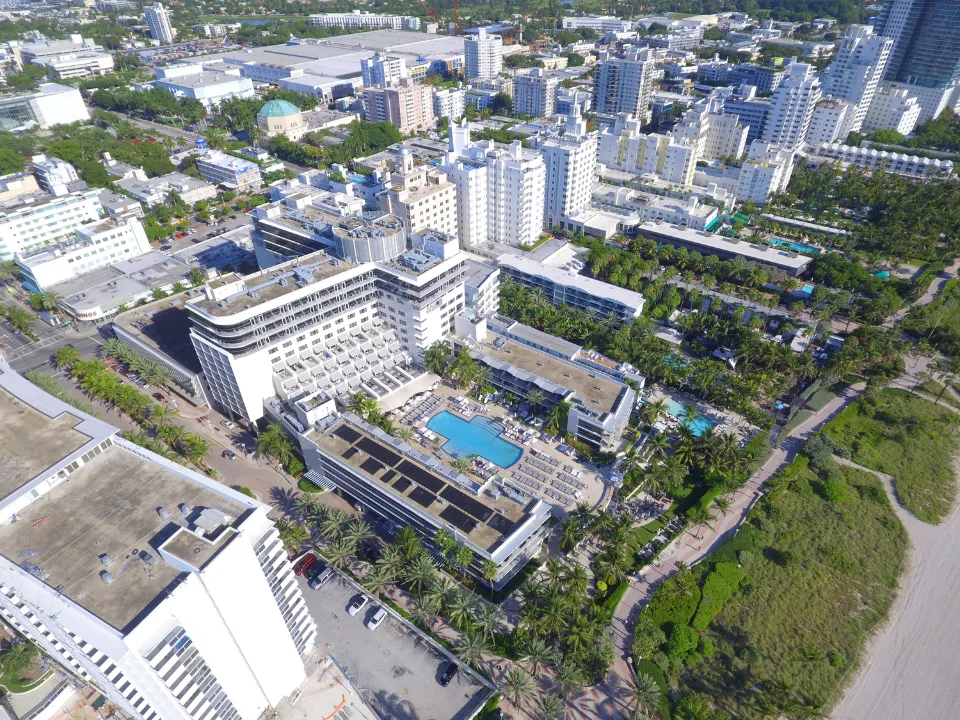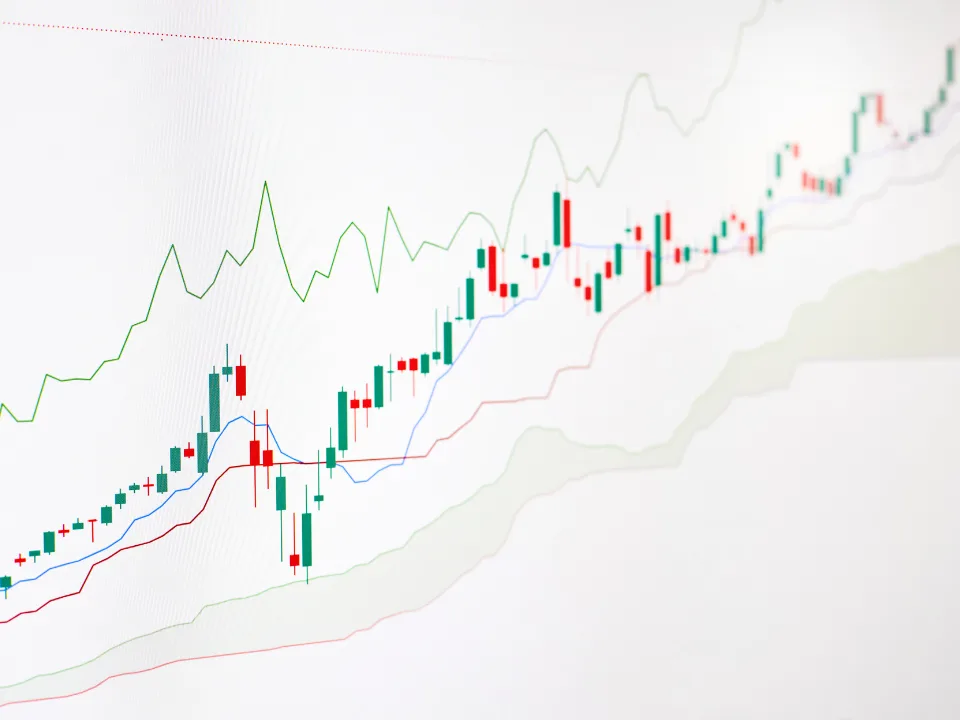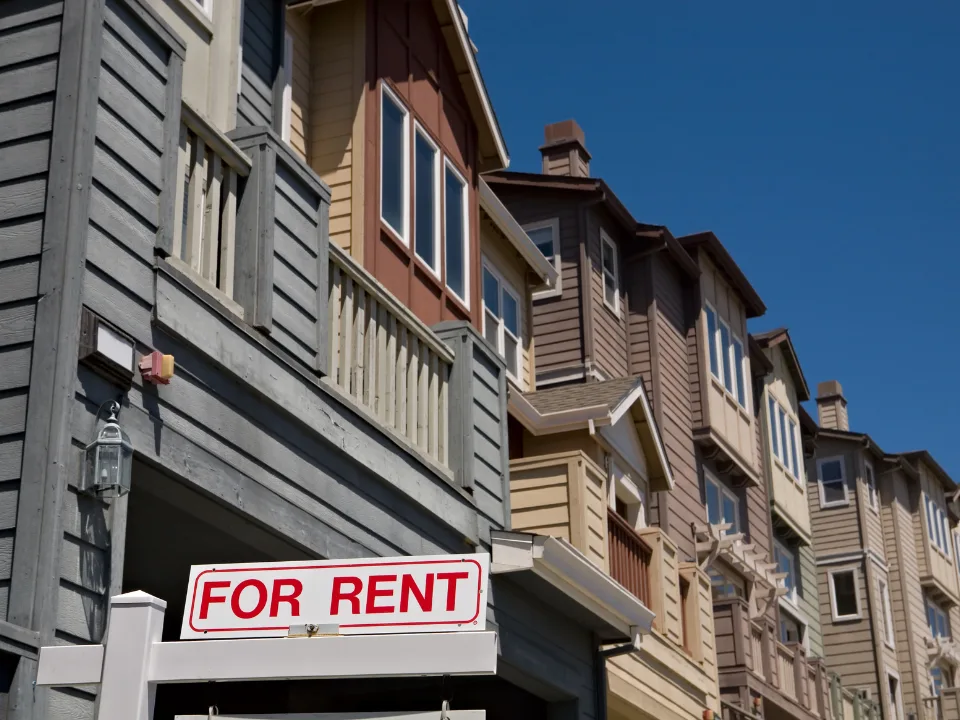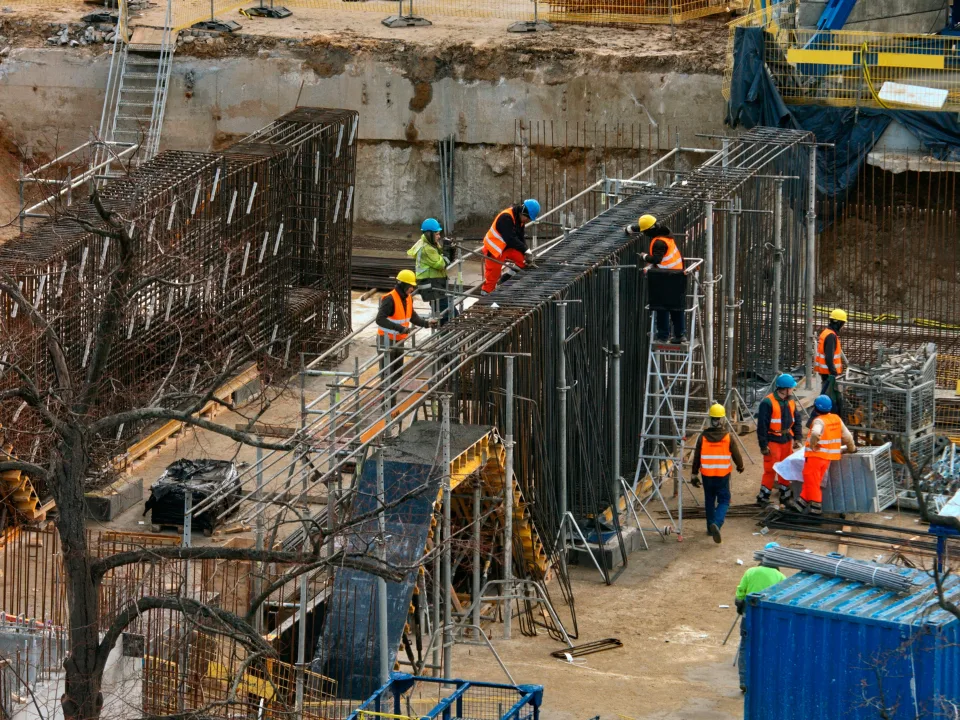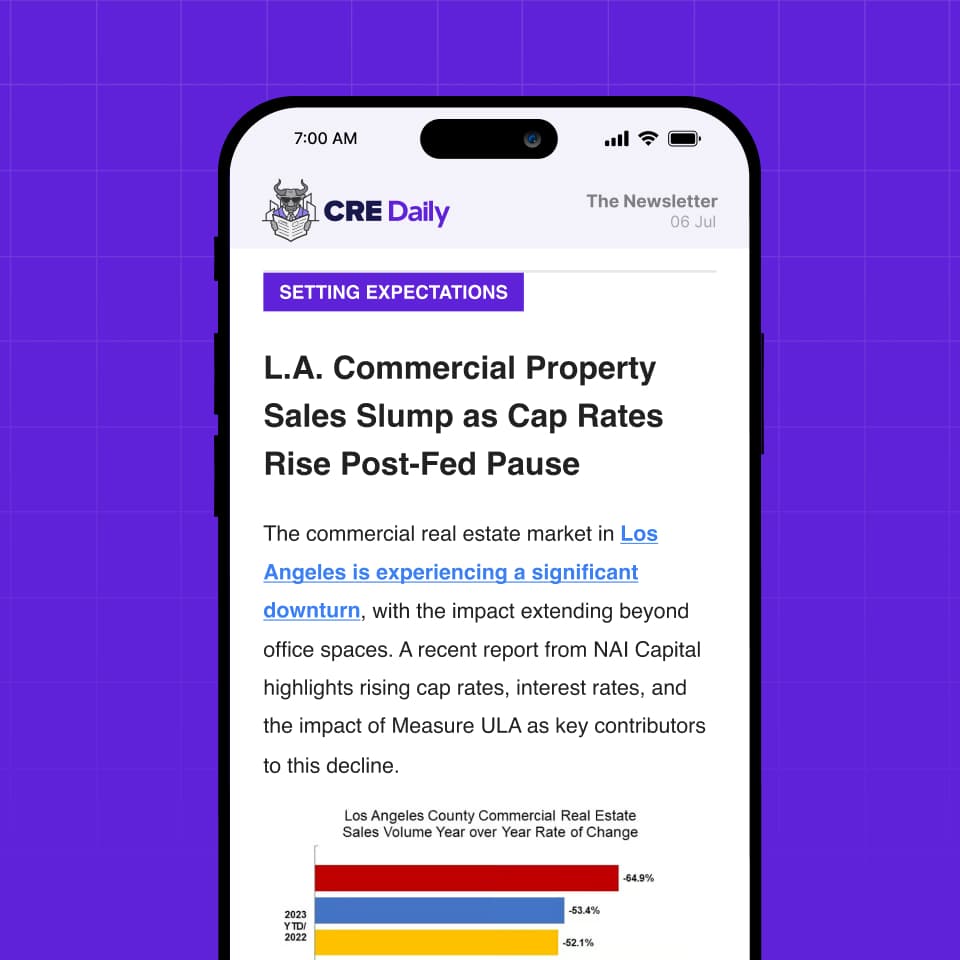- Blackstone’s net income for Q4 soared 1,117% YoY, reflecting a $1.22B rise across its diverse asset portfolio.
- Opportunistic investments were down by 5.1% in Q4 and 3.7% for the year, while Core Plus saw a -0.8% return and a near-flat annual performance.
- Blackstone sees real estate markets bottoming out, with improved debt market conditions and more real estate lending through its CURE private debt strategies.
- Despite weaker returns, Blackstone’s real estate credit funds posted strong results, appreciating 4.4% in Q4 and 18% for the year.
Blackstone’s Q4 earnings report shows a staggering 1,117% jump in net income, or nearly $1.22B, across its broad range of investments, per GlobeSt.
However, the company’s opportunistic and core-plus real estate investments posted negative returns, despite overarching optimism about a CRE market recovery. In an era of mixed property performance, Blackstone remains focused on deploying capital, with an emphasis on real estate debt.
Mixed Results Amid Optimism
Despite the impressive rise in net income, Blackstone’s real estate investments faced challenges in Q4. Opportunistic investments posted a -5.1% return, while Core Plus followed closely with -0.8%.
For the full year, the picture wasn’t much brighter, with opportunistic strategies down 3.7% and Core Plus nearly flat at 0.1%.
But, as Blackstone President Jon Gray noted during the earnings call, the firm’s belief in a bottoming real estate market remains firm. “One year ago, we said that real estate values were bottoming, but that the recovery would take time and was unlikely to be ‘V-shaped.’ That’s exactly what happened,” Gray said.
Get Smarter about what matters in CRE
Stay ahead of trends in commercial real estate with CRE Daily – the free newsletter delivering everything you need to start your day in just 5-minutes
Good Ole’ Dependable Debt
While traditional CRE investments faced difficulties, Blackstone’s focus on real estate debt provided a key bright spot. The firm’s high-yield real estate credit funds saw a solid 4.4% return in Q4 and an 18% increase for the full year, underpinned by resilient performance in its real estate loan portfolio.
This aligns with Gray’s view that debt markets are vastly improving, with borrowing spreads tightening by 50% since 2023 and a nearly 3x increase in CMBS issuance. “The debt markets have vastly improved, as borrowing spreads tightened by approximately 50% from the 2023 rise, and CMBS issuance was up nearly threefold in 2024,” Gray added.
With new construction starts down dramatically across multiple asset classes, including logistics and multifamily, demand for credit and real estate debt is expected to rise, providing Blackstone with ample opportunities for investment.
Cyclical Patterns Repeat
Real estate remains a cyclical asset class, and for Blackstone, the current period of distress could be part of the natural market cycle. “Real estate has been through a cyclical downturn,” Gray said, “and eventually, things come around again.”
With a stronger US economy on the horizon and continued demand for real estate, the company believes that the CRE market will eventually stabilize and recover.
While Blackstone’s 2024 results were far from stellar in terms of traditional real estate investments, they showed significant YoY improvement, which saw even steeper declines. In Q4, opportunistic returns were -3.8%, while Core Plus was down -4.6%.
Shift to CRE Debt
Given the current state of the market, Blackstone has leaned heavily into CRE debt as a more immediate way to drive returns. The firm deployed $25B in real estate investments in 2024, nearly 70% more than the previous year.
Notably, the firm’s real estate credit strategy, focused on high-yield debt, provided more stable returns than direct property investments in the short term.
While Blackstone’s broader real estate portfolio is still working through a period of volatility, its focus on debt strategies is clearly paying off. As Gray noted, “The market for large-scale realizations was very challenged for much of the year, and the significant underlying earnings power of our real estate business has yet to reemerge.”
This suggests that while full recovery may take time, strategic investments in real estate debt could continue to be an important driver of profits for the firm in the near future.


